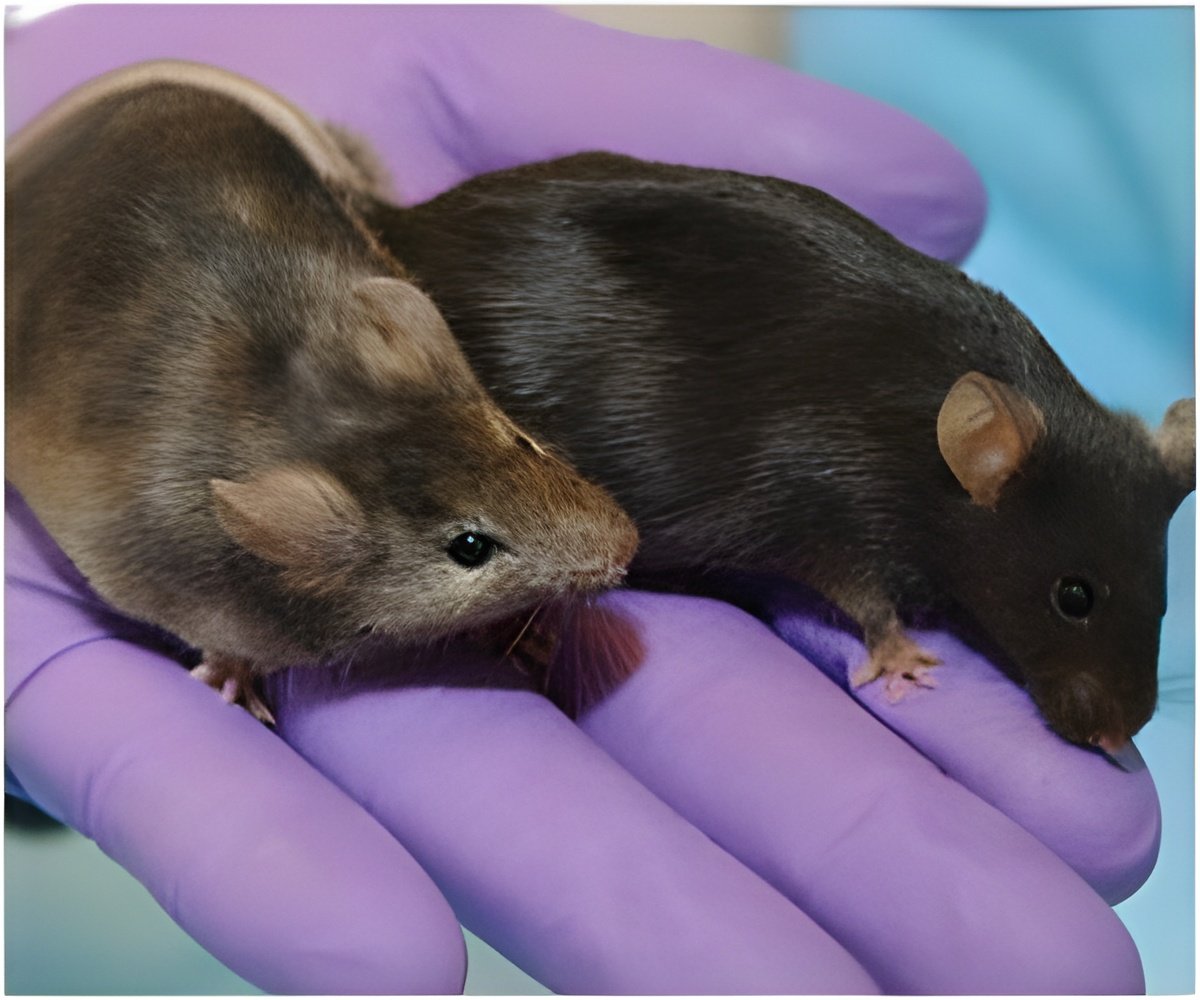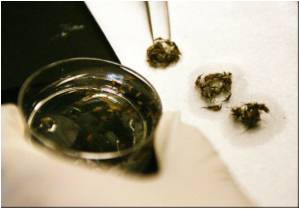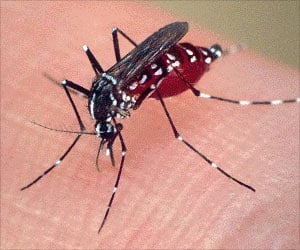
Redish and Steiner developed a new task that asked rats how long they were willing to wait for certain foods.
In this task, which they named "Restaurant Row," the rat is presented with a series of food options but has limited time at each "restaurant."
Research findings show rats were willing to wait longer for certain flavors, implying they had individual preferences. Because they could measure the rats' individual preferences, Steiner and Redish could measure good deals and bad deals. Sometimes, the rats skipped a good deal and found themselves facing a bad deal.
The findings have been published in the journal Nature Neuroscience.
Source-ANI








